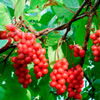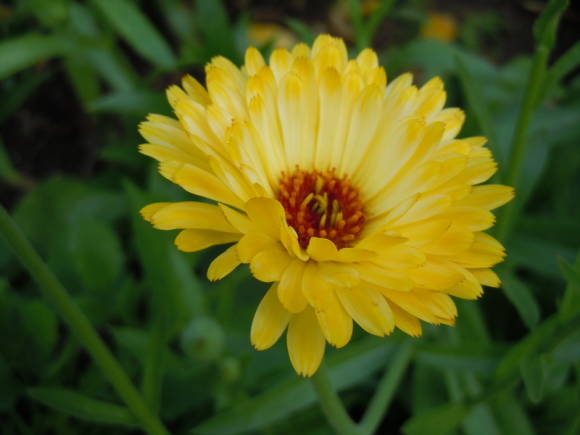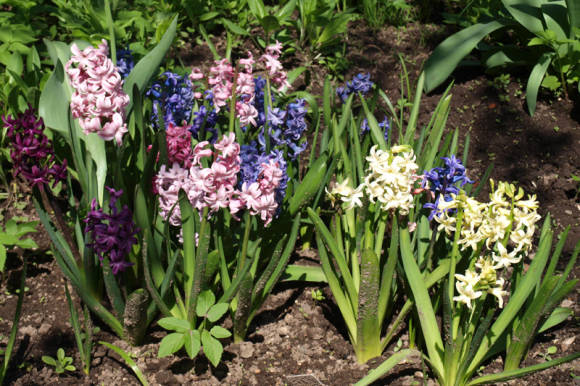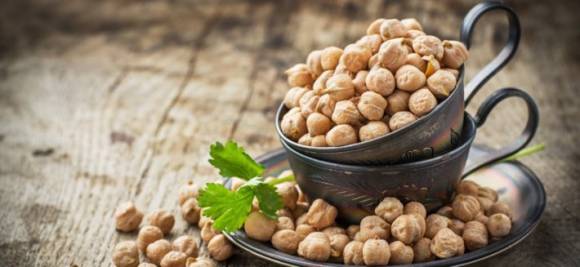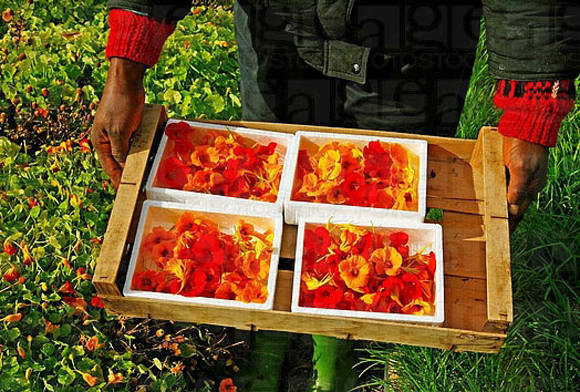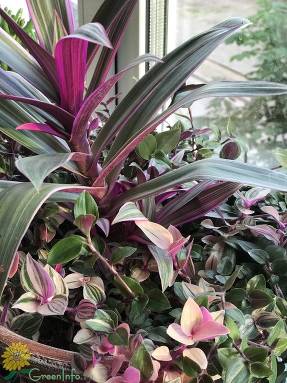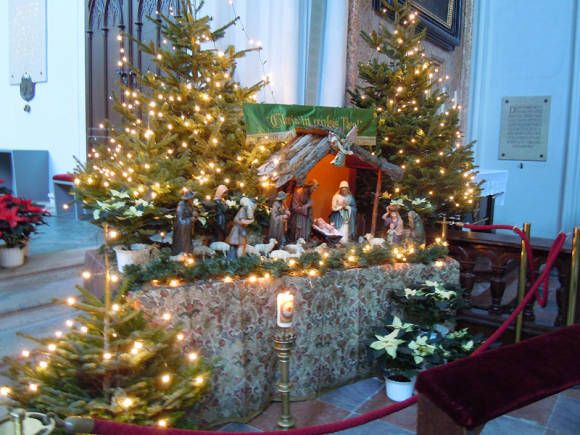For the correct formation of coniferous hedges, it is necessary to take into account the biological characteristics of crops. For shade-tolerant spruce trees, a trapezoidal and rectangular haircut is permissible, for more light-loving thujas and junipers, only a trapezoidal one is suitable, since with a rectangular lower part of the plants will be shaded and eventually begin to bare. In the year of planting, the seedlings are allowed to take root. Starting next year, they begin to pinch the shoots, immediately striving to give each plant a shape close to the profile of the future hedge.
Pinching helps to strengthen branching and the development of a dense crown in the next year. It should be carried out annually until the crowns close into an opaque hedge. From this point on, haircuts should be regular and timely, since a neglected coniferous hedge is difficult to correct and rejuvenate: wood older than 3 years cannot be cut, this can even lead to the death of the plant.
 By the firs it is imperative to trim the apical shoots to activate the growth of the lateral ones, otherwise the lower branches die off and the hedge “baldness”, which is not amenable to further restoration. Haircut is carried out 1-2 times during the summer in the phase of active growth (May - June). The apical shoots are pinched by no more than 1/3, and the lateral annual growths are from 1/2 to 2/3. It is not recommended to use pruning shears for cutting, preferably garden shears with long blades, although in this case the cut points will be noticeable. The hedge will look much more aesthetically pleasing if the plucking of young growths is carried out manually.
By the firs it is imperative to trim the apical shoots to activate the growth of the lateral ones, otherwise the lower branches die off and the hedge “baldness”, which is not amenable to further restoration. Haircut is carried out 1-2 times during the summer in the phase of active growth (May - June). The apical shoots are pinched by no more than 1/3, and the lateral annual growths are from 1/2 to 2/3. It is not recommended to use pruning shears for cutting, preferably garden shears with long blades, although in this case the cut points will be noticeable. The hedge will look much more aesthetically pleasing if the plucking of young growths is carried out manually.
If it is necessary to create pyramids, cylinders, balls, shearing begins from young plants that have reached a height of 50-100 cm (by hand). In the fall, pluck out the buds of central growth on the lateral shoots. At the beginning of summer, pluck out the corresponding soft growths: the strong ones are removed completely, and the weaker ones - only partially. As a result, a larger number of buds of the next year's shoot renewal are laid, i.e. tillering intensifies. When forming rounded shapes, the apical shoots are regularly removed. When forming pyramidal, they are preserved until the required height is reached, after which they are cut out and replaced with another, also apical, but weakly grown branch. When creating a tiered pyramid, they only emphasize the natural tier of the plant, removing small inter-tiered branches and plucking out all strong young growths to compact the tiers.
Compact varietal spruce trees do not need to be cut, but they are rarely used in hedges due to their high cost.
 Junipers the crown is denser, the skeletal branches are not expressed, therefore, the haircut is carried out immediately in accordance with the planned shape of the hedge once a year (at the end of June, with the end of the spring growth of shoots). With the help of garden shears, both the tops and side branches are shortened. It should be noted that uncut hedges made of compact varietal junipers ("WITHolumna ","Hibernica ","Suecica ") are not inferior to the sheared ones in decorativeness.
Junipers the crown is denser, the skeletal branches are not expressed, therefore, the haircut is carried out immediately in accordance with the planned shape of the hedge once a year (at the end of June, with the end of the spring growth of shoots). With the help of garden shears, both the tops and side branches are shortened. It should be noted that uncut hedges made of compact varietal junipers ("WITHolumna ","Hibernica ","Suecica ") are not inferior to the sheared ones in decorativeness.
High-quality hedges tui they require almost no haircuts and are extremely beautiful, but such planting material is expensive. Therefore, more often they use "semi-varietal" or "wild" thujas grown from seeds and cuttings and grown up to 40-60 cm. side branches, causing tillering. Formative pruning begins when the hedge reaches the desired height. Since thujas grow continuously throughout the season, they can be cut at any time, up to three times per season. As well as possible, thuja are also suitable for curly haircuts. Columnar varieties «Cristata ","Maloniana ","Holmstrup " and especially «Smaragd " you can easily create columns-spirals and columns-tiers, and from a dense undersized variety «Ericoides " - the most intricate figures.
When the coniferous hedge is formed, further maintenance of the shape can be done using electric or gasoline scissors, an electric saw. If such a tool is not available, it is better to prefer garden shears. It is not recommended to use pruning shears. it will not give crisp lines.
